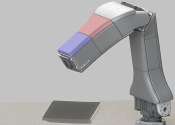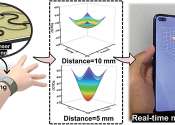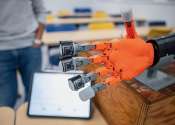How 3D printers can give robots a soft touch
Soft skin coverings and touch sensors have emerged as a promising feature for robots that are both safer and more intuitive for human interaction, but they are expensive and difficult to make. A recent study demonstrates ...
Apr 17, 2024
0
25









